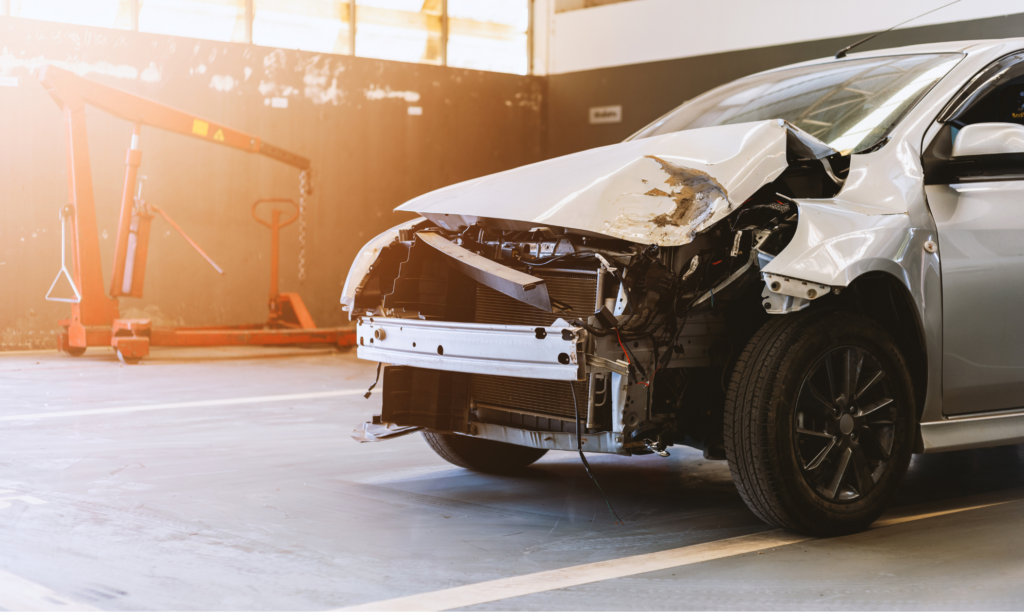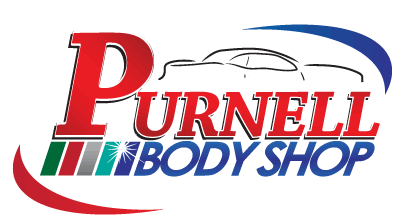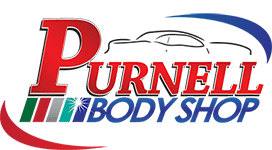Car Frame Damage: A Driver’s Guide to Repairs

Car frame damage is one of the most serious issues a vehicle can face after a collision. Because the frame is the backbone that keeps every component aligned, even modest distortion can change how the car steers, stops, and protects you in a crash. After an accident, drivers naturally wonder whether a car with a bent or twisted frame can be repaired, how to recognize the signs of hidden structural issues, and at what point the damage becomes severe enough that the insurance company declares the vehicle a total loss. This article explains car frame damage in clear terms, walks through repair options, and outlines the considerations you’ll face when deciding whether to fix or replace your vehicle.
Understanding Car Frame Damage
At its simplest, the frame is the structure that holds everything in the right place. Think of it like the skeleton of the car: it supports the powertrain, keeps the suspension mounting points where the engineers intended, and shapes the crash‑absorbing zones that protect the cabin. When that structure bends, twists, or cracks—even by a few millimeters—your vehicle can begin to behave differently in ways that are easy to feel but hard to pin down.
Modern vehicles use two broad structural layouts. Most passenger cars rely on unibody construction, where body panels and structural members are integrated into a single shell. This design is lightweight and rigid, but it also means a hit that seems localized (say, to a fender or quarter panel) can subtly influence the geometry of the entire shell. Many trucks and some SUVs use body‑on‑frame construction, where the body sits on a separate ladder‑style frame. This can isolate certain impacts, yet hard hits can still bend frame rails, twist crossmembers, or shove suspension pickup points out of square.
Not all car frame damage is obvious. A dented door skin may look dramatic without affecting the structure at all, while a hidden buckle near a suspension mount could compromise the vehicle’s ability to track straight or absorb energy in another crash. That’s why inspections after a significant accident are essential—even if the car seems drivable.
How to Tell if Your Vehicle Has Frame Damage
The signs of frame damage range from obvious to subtle. Uneven body panel gaps, a hood or trunk that no longer closes cleanly, or a door that suddenly scrapes can all point to misalignment. A steering wheel that sits crooked, a car that drifts even after an alignment, or tires that wear unevenly are other common clues.
Noise is another indicator. A new rattle over bumps, a creak near the windshield base, or a vibration that wasn’t there before may be the structure flexing in ways it shouldn’t. Looking under the vehicle, you might spot creases in the metal, buckled seams, or cracked undercoating around mounting points.
Even without visible changes, drivers often feel something isn’t right: the car feels less stable at highway speeds, reacts strangely in quick maneuvers, or takes more effort to keep in a straight line. Those instincts shouldn’t be ignored. A professional body shop can measure the chassis against factory specifications and confirm whether things are out of alignment. Catching the problem early prevents further wear on suspension and tires and avoids compounding costs later.
Is It Safe to Drive a Car with a Damaged Frame?
While you might be tempted to drive your car if it still seems to run, doing so can be dangerous. A damaged frame weakens the overall structure of the vehicle, meaning it may not protect you properly in another crash. In addition, sensors connected to the frame can affect airbag deployment, and suspension components may wear unevenly. Even if the car feels drivable, it’s best to avoid using it until repairs are complete. If the car must be moved before it’s inspected, keep it to short, cautious trips until you know more.
Can Car Frame Damage Be Fixed?
Whether a damaged frame can be repaired depends on the severity and location of the impact. In many cases, yes—it can. Shops typically use three approaches: realignment, where bent components are pulled back into specification; section replacement, where irreparably kinked or torn metal is cut out and replaced; and reinforcement, where mounting points or seams are rebuilt to restore strength.
The goal isn’t simply to make the car look straight but to restore the critical dimensions the manufacturer engineered. Suspension geometry, door openings, and crash zones all have to match factory tolerances for the vehicle to behave as intended. When done thoroughly, frame repairs can return many cars to safe, reliable service for years.
Is My Car Totaled?
When the cost of repairing a damaged frame comes close to or exceeds the vehicle’s value, insurers may declare it a total loss. The threshold varies by state and company but typically falls between 65 and 80 percent of the car’s pre‑accident worth. Age, parts availability, and the risk of hidden damage also play a role in that calculation.
For example, a late‑model SUV with a high resale value may justify extensive repairs, while a ten‑year‑old sedan with the same damage may be written off. Even if repairs are approved, a history of structural work can reduce resale value—something insurers acknowledge through diminished value claims. Being “totaled” doesn’t always mean a car can’t be repaired; it simply means the numbers don’t add up for the insurance company. Some owners choose to buy back and repair their cars anyway, especially when the vehicle has sentimental value.
Long‑Term Concerns After Repair
Once a car with frame damage has been repaired, keeping it safe and reliable depends on consistent care. Regular inspections and wheel alignments are the best way to make sure the structure stays true and that suspension geometry hasn’t drifted. Shops can check mounting points and fasteners during routine services, and drivers should pay attention to how the car feels on the road.
With diligent upkeep, a repaired car can remain perfectly safe for years. Address suspension wear promptly, replace bushings and shocks as needed, and don’t ignore new noises or changes in handling. A clear set of repair records and alignment reports provides peace of mind for you and reassurance for any future buyer. In short, a history of frame repair doesn’t doom a vehicle—but it does make regular maintenance all the more important.
Selecting the Right Team for Frame Repairs
Car frame damage raises difficult questions, but the answers depend on specifics: how bad the damage is, whether it can be brought back to specification, and whether the repair costs make sense compared to the car’s value. With professional guidance and thorough repairs, many vehicles that sustain structural damage return to the road as safe, dependable daily drivers. If you’re ever in doubt, lean on the trusted repair experts at Purnell Body Shop to evaluate your options and keep your decision grounded in both safety and practicality. Start here with an online estimate or contact us today with any questions.


